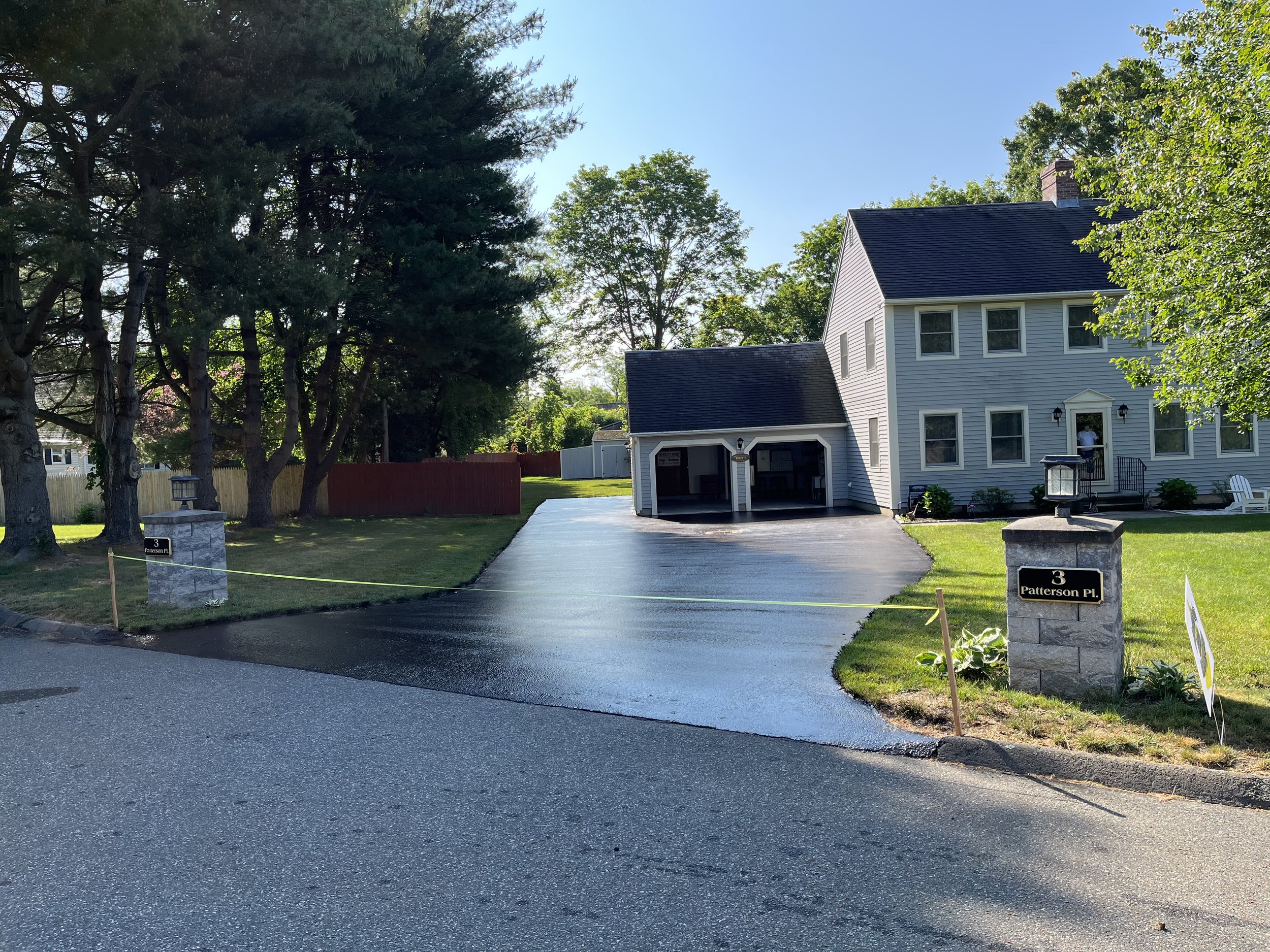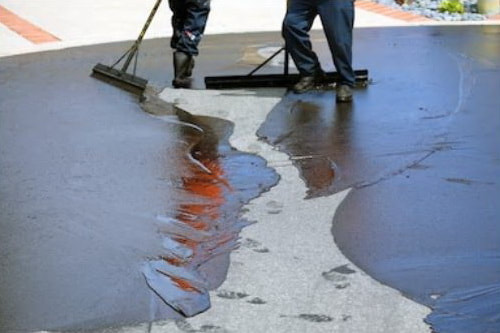Efficient Asphalt Repair: Cold Mix Sealing Techniques Unveiled
Efficient Asphalt Repair: Cold Mix Sealing Techniques Unveiled
Blog Article
Cold Mix Asphalt Vs. Hot Mix Asphalt: Which Is Right for You?

Make-up Distinctions
Cold mix and warm mix asphalts vary substantially in their make-up, with unique attributes that influence their efficiency and applications. Cold mix asphalt is created by emulsifying the asphalt binder with water and an emulsifying representative prior to mixing it with accumulation. This approach enables the asphalt to be workable at reduced temperature levels, making it excellent for momentary repairs and for usage in chillier climate problems. Hot mix asphalt, on the various other hand, is produced at high temperature levels, generally between 300-350 ° F, which assists to accomplish much better compaction and a more long lasting end product. The hot mix asphalt production process entails warming the accumulation and asphalt binder independently prior to incorporating them at the asphalt plant.
In addition, cold mix asphalt has a tendency to be less thick and a lot more versatile than hot mix asphalt. This flexibility makes it better suited for areas with higher degrees of activity, such as driveways or roadways with heavy website traffic. In contrast, hot mix asphalt is known for its high sturdiness and resistance to rutting and splitting, making it a favored selection for highways and high-traffic roads where longevity is vital.
Setup Process Differences
The procedure of setting up cold mix and warm mix asphalt displays remarkable variances in their needs and treatments. Cold mix asphalt, being a much more flexible material, can be applied directly from the bag or container onto the pit or harmed area. It requires very little preparation work, such as cleansing the location and condensing the chilly mix with hand tools. This makes it a convenient alternative for short-lived and fast fixes. In comparison, hot mix asphalt necessitates a more fancy installment process. It includes warming the mixture to heats prior to laying it down on an effectively ready base. The preparation includes condensing the base, using a tack layer, and using hefty equipment like pavers and compactors for a resilient and smooth surface. As a result of the heating needs, warm mix asphalt installments are generally accomplished by specialists with customized tools, ensuring a much more structurally sound and permanent outcome.
Sturdiness and Durability Variables
When thinking about asphalt alternatives, longevity and durability are vital variables to review for lasting sidewalk performance,. Hot mix asphalt (HMA) is known for its extraordinary durability and long life. The high temperatures throughout the mixing and laying process permit for far better compaction, resulting in a denser and more powerful pavement framework. This leads to HMA being a lot more immune to rush hour loads, rough weather, and the impacts of aging compared to cool mix asphalt (CMA)
In terms of longevity, HMA normally surpasses CMA because of its premium stamina and resistance residential properties. HMA sidewalks have a longer life span, needing less regular repair work and upkeep, which can translate to set you back savings in the future. Furthermore, HMA sidewalks are extra quickly adjustable to satisfy particular task needs, better enhancing their toughness.
Expense Considerations
Taking into consideration the monetary implications is a crucial aspect when reviewing the option between warm mix asphalt (HMA) and chilly mix asphalt (CMA) for pavement projects. While the first cost of hot mix asphalt is usually higher than that of cool mix asphalt, HMA typically offers an extra economical remedy over time as a result of its superior longevity and long life. HMA is recognized their website for its capacity to stand up to rush hour loads and rough weather, lowering the need for frequent fixings and maintenance. On the other hand, cold mix asphalt is extra cost effective ahead of time yet may call for more constant patching and resurfacing, causing higher upkeep costs over time.
Along with material prices, it's important to think about the costs connected with setup and upkeep when contrasting HMA and CMA. HMA generally needs specific tools and proficient labor for correct setup, which can influence total project costs. On the other hand, CMA is simpler to function with and can usually be used making use of simpler strategies, potentially lowering installment costs. Eventually, the decision between HMA and CMA need to consider not simply the initial expense but likewise the lasting economic ramifications to identify the most cost-effective choice for the particular pavement job.
Environmental Influence Comparison
Comparison of the environmental impacts in between warm mix asphalt (HMA) and cold article mix asphalt (CMA) reveals distinct differences in sustainability techniques. HMA manufacturing requires high temperature levels, leading to enhanced energy usage and greenhouse gas exhausts.
Moreover, the usage of CMA frequently entails reusing existing asphalt sidewalk, promoting resource preservation and lowering the amount of waste sent to landfills. By deciding for CMA over HMA, road construction tasks can contribute favorably to ecological preservation initiatives.
Final Thought
Finally, the option between cool mix asphalt (CMA) and hot mix asphalt (HMA) depends on different elements such as structure, installment process, sturdiness, long life, cost, and environmental impact. asphalt patch repair. While CMA uses a cost-effective and quick solution for small fixings, HMA makes certain exceptional sturdiness and longevity for heavy web traffic locations. Take into consideration these elements carefully to identify which sort of asphalt is the right option for your paving requires

Taking into consideration the economic effects is an essential facet when evaluating the choice in between hot mix asphalt (HMA) and cold mix asphalt (CMA) for sidewalk jobs. While the initial expense of warm mix asphalt is usually greater than that of cold mix asphalt, HMA typically gives a more directory economical solution in the long run due to its exceptional toughness and longevity. asphalt patch repair.Contrast of the ecological influences in between warm mix asphalt (HMA) and cold mix asphalt (CMA) exposes distinctive distinctions in sustainability practices.In final thought, the selection between cold mix asphalt (CMA) and hot mix asphalt (HMA) depends on different variables such as composition, installation process, toughness, long life, price, and environmental impact
Report this page